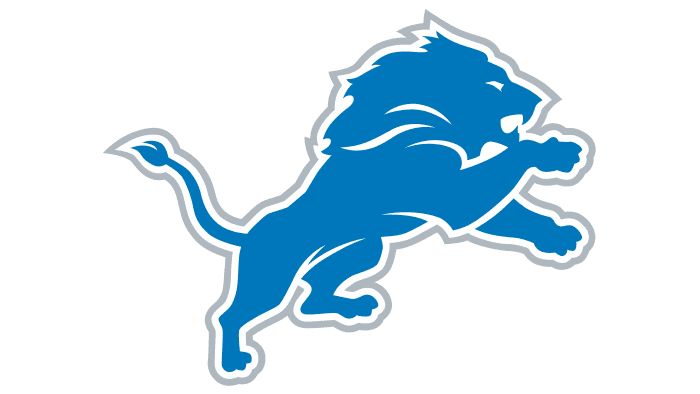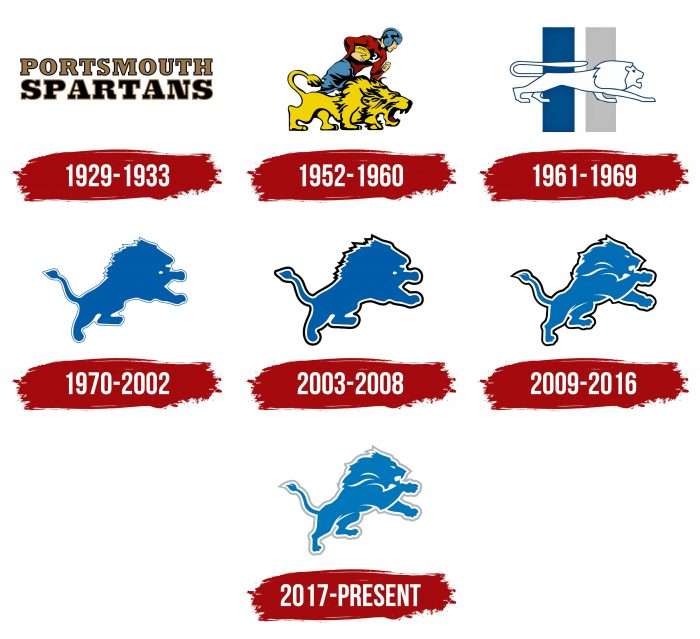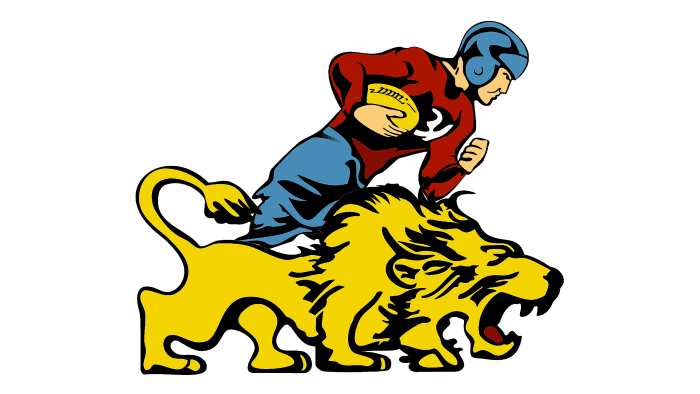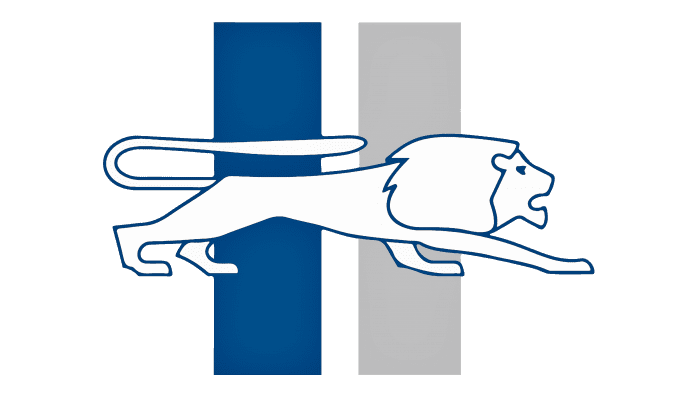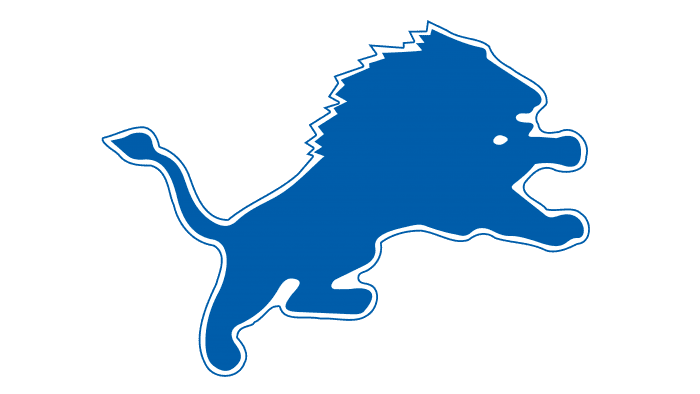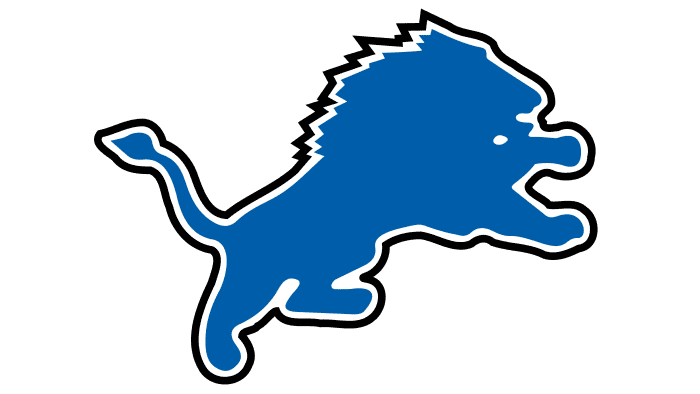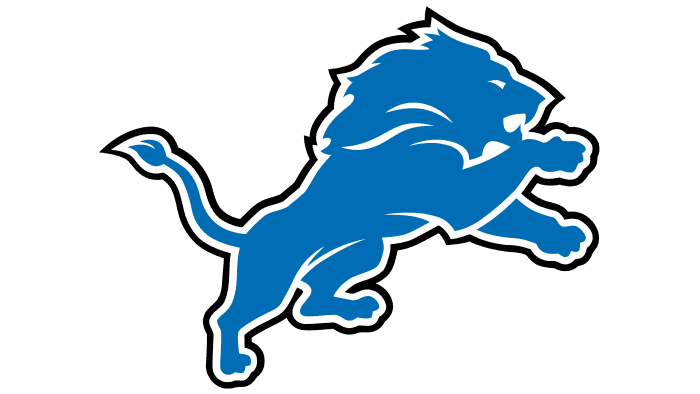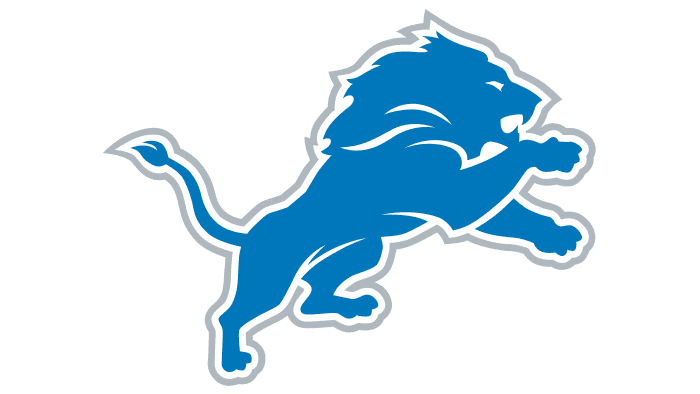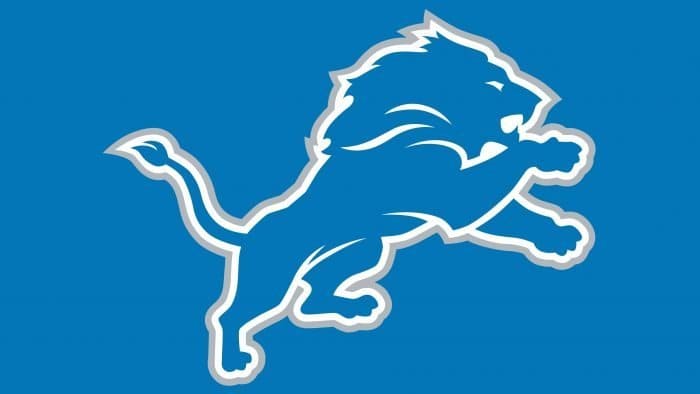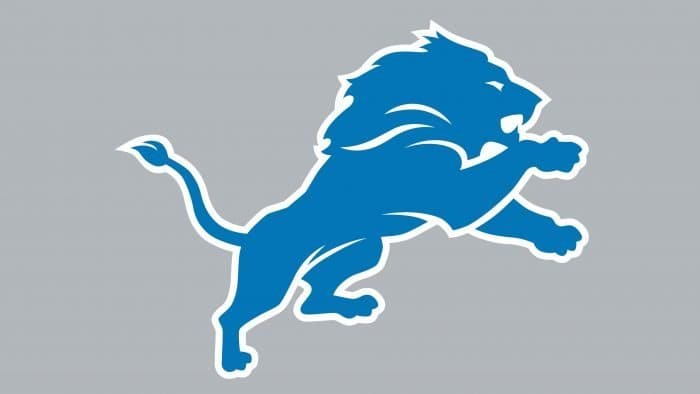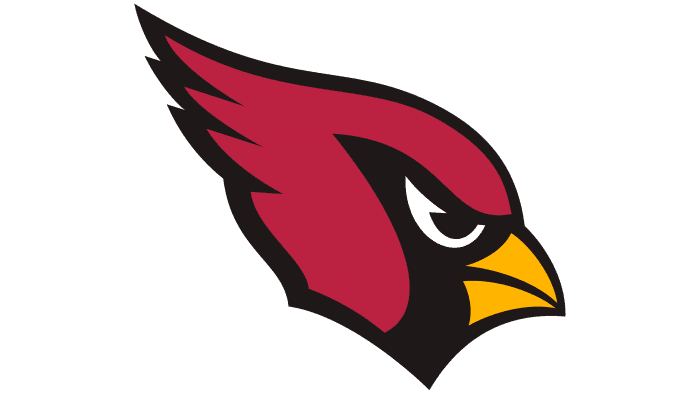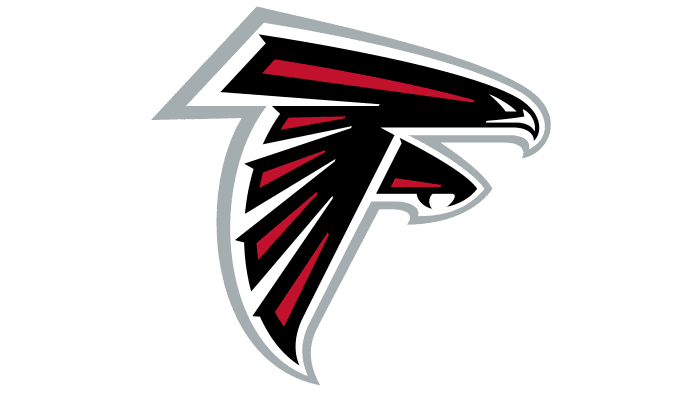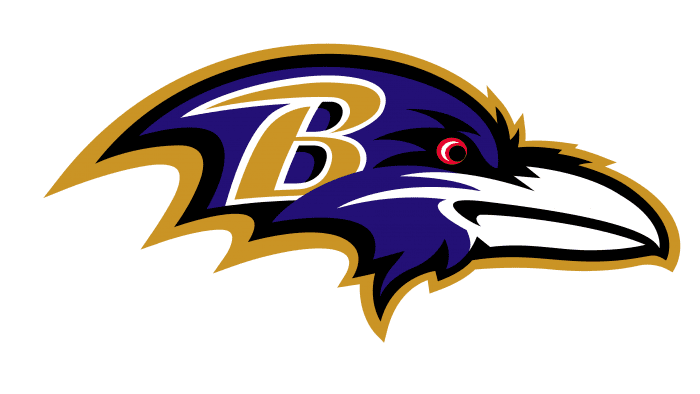Since 1929, the Detroit “Lions” have served as a sports defender for several cities where they have played throughout their existence. The name and success of the team are reflected in the Detroit Lions logo, symbolizing the aggressive side of the game, strength, and determination to defeat the opponent.
Detroit Lions: Brand overview
| Founded: | July 12, 1930 |
| Founder: | Sheila Ford Hamp |
| Headquarters: | Detroit, Michigan, U.S. |
| Website: | detroitlions.com |
The Detroit Lions are a professional football team competing in the Northern Division of the National Football Conference. The team has been a member of the NFL since 1930. It was founded in 1929 in Portsmouth, Ohio. Initially, the team was named “Portsmouth Spartans.” It officially joined the National Football League on July 12, 1930. Despite apparent success in the NFL, the “Portsmouth Spartans” could not survive during the Great Depression, the devastating effects of which were most destructive for small towns like Portsmouth.
Low revenue and other financial difficulties forced the owners to sell the franchise to a group of investors led by George A. Richards, the executive director of a Detroit radio station. They paid $795,208 to cover the team’s debts and $15,000 for the NFL franchise. After purchasing the team in 1934, George A. Richards moved it to Detroit, Michigan. The team finished its first season in second place in the Western Division. In 1940, the franchise was sold to Fred Mandel, a Chicago department store director, for $225,000. Eight years later, in 1958, the club passed to Edwin J. Anderson and Lyle Fife, who owned it until 1964. In late November 1963, William Clay Ford Jr., the former vice-chairman of Ford Motor Company, became the sole owner of the “Lions,” buying a controlling share of the team for $4.5 million. In 2014, the controlling share of the “Detroit Lions” passed to Martha Firestone Ford.
The team’s name history is quite interesting since few NFL members have changed their names. Initially, the team was called the Portsmouth Spartans, honoring its hometown. After moving to Detroit, George A. Richards renamed the team to the Detroit Lions, after the baseball team Detroit Tigers. The new owner explained that the club would become the king of the league, just as the lion is the king of the jungle. The “Lions” fulfilled this promise by winning their first NFL championship in 1935.
Meaning and History
The Detroit Lions are one of many NFL teams that have a common name, mascot, and central logo. This was not always the case: for some time, it was called the Portsmouth Spartans. But even then, the emblem fully reflected the club’s nickname, as it contained a corresponding inscription, executed in bold font with rectangular serifs. Then, the team was renamed the Detroit Lions, after which it got a whole series of thematic logos with lions:
- Colorful and cartoonish, the second white with a blue outline, and all subsequent ones blue. All logos of the Detroit Lions feature an image of a lion, which has a dual meaning.
- It is a kind of compliment to the baseball team, Detroit Tigers.
- The club’s owners hope that the monarch of the jungle will become the king on the NFL playing fields.
What is Detroit Lions?
The Detroit Lions are the former “Portsmouth Spartans,” which started playing in the NFL in 1930. Four years after its debut, the team moved to another city and then received a new name. It has won several league championships but has not yet captured the Super Bowl.
1929 – 1933
Since the original name of the team was the “Portsmouth Spartans,” the logo included two words. The top part of the logo featured a beige inscription, “PORTSMOUTH,” executed in capital letters and framed by a black border. Below was the word “SPARTANS” in black with a goldish-beige edge. It was also written in capital letters but slightly expanded to acquire an exact rectangular shape.
1952 – 1960
The first Lion logo included, of course, a lion and a football player holding a ball. Both demonstrated determination, ambition, and immediate readiness for action. The beast opened its mouth for a roar. Its belly was pressed to the ground as if it was preparing to jump. The football player also leaned forward, awaiting the signal for attack. He was dressed in a red shirt, blue pants, and a helmet. Both figures were outlined in black.
1961 – 1969
In 1961, the logo became much simpler, both in design and color scheme. The new logo featured a minimalistic white lion with a thin blue outline and two wide stripes (blue and gray) in the background. The color palette of this logo underwent a radical change, transitioning to a white-blue spectrum. The lion’s belly was still pressed to the ground. Such a pose symbolized its determination and readiness for an energy surge. In addition, the wild beast was drawn slim and toned to demonstrate the ideal physical shape of the players. The lion was depicted at full height with a tail bent forward, which also serves as an allegory for goal orientation.
1970 – 2002
The emblem of this era was unique, as the iconic leaping lion appeared on the team’s logo for the first time in 1970. The creative team radically reworked the previous logo. The beast was depicted mid-jump: its hind legs were on the ground, and the front ones were in the air. Its pose produced a dynamic impression. At the same time, the lion had no facial features, only a muzzle without eyes, mouth, and nose, which were captured schematically. The figure had a white outline and another blue contour around it.
2003 – 2008
In 2003, this logo underwent minor changes. It still featured a fierce leaping lion with a lush mane. As before, the beast’s face didn’t have clear outlines: only a schematic mouth and nose, hard to guess. The lion’s pose emphasizes the aggressive side of the game, its strength, and the desire to offend. The beast very much resembled a heraldic fierce lion depicted in profile, standing straight with raised front paws. The only difference from the previous version was a thick black contour instead of blue.
2009 – 2016
In 2009, the leaping blue lion acquired more defined contours. Now, the paws, mane, face, and body were visible. Designers tried to give it a more realistic look. In addition, the lion got fangs, which seemed like an extremely effective tool for intimidating enemies. Also, elements of the eyes, mane, and tail were drawn. The fierce character was outlined in white, then black.
2017 – today
After several attempts to perfect the logo, designers finally achieved the desired result. The current version, adopted in 2017, has come a long way in evolution. Since 1970, it has changed several times. Artists experimented with the color of the strokes, the shape of the lion, and the placement of internal paths. Eventually, they presented the final version, which fully satisfied the club’s executives. The Detroit Lions logo, compared to the previous one, has a clearer appearance. Strands in the falling mane and the animal’s eyes are noticeable. The hind legs are smaller than the front ones, which remain massive. This is the perfect allegory for the king of the jungle – agile, fierce, and strong. The black contour is toned down to light gray.
Detroit Lions: Interesting Facts
The Detroit Lions are an old football team with a lot of history, including some amazing players and big moments.
- How They Started: The Portsmouth Spartans in Ohio were first called in 1930. When they moved to Detroit in 1934, they changed their name to the Lions to show they were strong and noble.
- Winning Before the Super Bowl: The Lions won the NFL championship four times (1935, 1952, 1953, 1957) before the Super Bowl started in 1966. They haven’t won the big one since then.
- Thanksgiving Games: They’ve played on Thanksgiving Day since 1934, making this tradition one of the oldest in football.
- The Bobby Layne Curse: After trading their star quarterback Bobby Layne in 1958, a story went around that he said the Lions wouldn’t win for 50 years. It’s been tough for them ever since.
- Barry Sanders: Barry Sanders, who played from 1989 to 1998, is often called one of the best running backs ever. He’s known for his amazing moves and almost broke the record for most running yards.
- Calvin Johnson’s Big Year: Calvin Johnson, nicknamed “Megatron,” set a record in 2012 for the most receiving yards in one season with 1,964 yards. He was incredibly hard to stop because of his size and speed.
- Ford Field: Their stadium, opened in 2002, mixes new stuff with old, keeping part of an old warehouse in its design. It’s a cool place for fans to watch a game.
- A Tough Season: In 2008, the Lions had a bad year and won no games, making them the first team to go 0-16.
- Famous Players: Besides Barry Sanders and Calvin Johnson, the Lions have had other greats like cornerback Lem Barney and tight end Charlie Sanders, who are in the Hall of Fame.
- One Pride: “One Pride” is what the Lions and their fans say to show they stick together, no matter what. The fans are dedicated, even when times are tough.
The Lions have had great times, hard times, and unforgettable players. They’re a team with a lot of tradition, and fans hope they’ll get back to winning big.
Font and Colors
The official graphics of the Detroit Lions feature a silhouette of a blue lion, outlined by two stripes – white and light gray. The animal stands on its hind legs, and the front ones are raised. There is a reference to traditional heraldic lions, which adorn the coats of arms of many states and cities in the USA. Artists depicted the mane schematically but quite recognizably. They also slightly detailed the legs and head – as much as the chosen style allows.
As there are no inscriptions, there is no issue with the font: the creators of the logo focused on the drawing. Over the past 50 years, it has hardly changed, except for slightly transformed contours and an updated palette. The lion’s silhouette has always been blue, but initially, a darker shade was used. Now, the blue color is closer to light blue. The color of the contour has also changed: in the current version, it’s light gray, almost silver.
Detroit Lions color codes
| Honolulu Blue | Hex color: | #0076b6 |
|---|---|---|
| RGB: | 0 118 182 | |
| CMYK: | 100 35 0 12 | |
| Pantone: | PMS 2196 C |
| Silver | Hex color: | #b0b7bc |
|---|---|---|
| RGB: | 176 183 188 | |
| CMYK: | 3 0 0 32 | |
| Pantone: | PMS 877 C Metallic |
FAQ
When did the “Lions” change their logo?
The football club regularly updates its logo. For example, in 1961, it stylized the lion under an Egyptian drawing; in 1970, it introduced the first version of the blue silhouette; in 2003, it added a black contour; in 2009, it highlighted the main details; and in 2017, it repainted the outer line in silver color.
What does the “Detroit Lions” logo represent?
The logo of this team features a blue silhouette of a leaping lion. It is not detailed, but artists used white strokes to give it shape. The animal is outlined by a silver contour.
Is the Detroit Lions logo copyrighted?
Yes, like the graphics of other National Football League teams, the Detroit Lions logo is copyrighted.
Have the “Lions” changed their logo?
The Detroit Lions very often change their logo. The last time this happened was in 2017: designers slightly altered the shape of the lion and outlined its silhouette with a silver line.
